解读以太坊未来五大阶段,以太坊最终形态是什么 原文标题:《Understanding The Merge, Surge, Verge, Purge, And Splu...
资讯 2024-07-04 阅读:126 评论:0
原文标题:《Understanding The Merge, Surge, Verge, Purge, And Splurge》
Original title: Understanding The Merge, Surge, Verge, Purge, And Spring
原文作者:Alec Chen,Volt Capital
Source: Alec Chen, Volt Capital
原文编译:Kxp,BlockBeats
This post is part of our special coverage Syria Protests 2011.
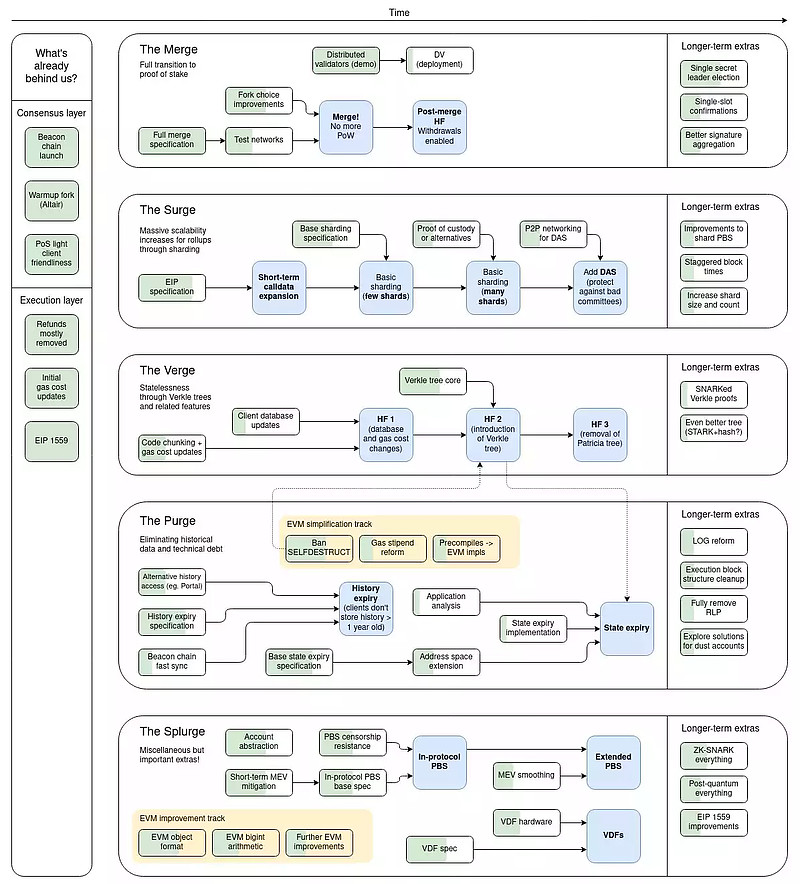
引言
「合并」(The Merge),即 Ethereum 向权益证明网络转换,计划将在今年 9 月底前在主网完成。本次升级旨在系统性提升区块链的可访问性,并将 Ethereum 从 Bitcoin 式的工作证明共识机制过渡到权益证明系统。Ethereum 从执行分片转向以 Rollup 为中心的路线图是为迎接下一个 10 亿用户而扩展区块链的关键一步。正如我们之前的文章《模块化区块链之探索》中所指出的那样,模块化架构中的数据可用性和分片可以让区块链在不牺牲去中心化的情况下扩展吞吐量。同时,文章就数据可用性、Rollup 和故障/有效性证明进行了深入探讨,为进一步了解合并的背景与目标打下了基础。本文将对合并的技术细节、Ethereum 的新路线图,以及这一变化对用户和开发者的意义进行深入分析。
The Merge, the Etherium, is a key step in expanding the block chain for the next billion users. As noted in our previous article, Exploration of Modular Block Chains, the data availability and partitions in the modular architecture allow the block chain to expand vomiting without sacrificing centralization. At the same time, the articles have explored data availability, Rollup, and proof of failure/effectiveness in depth, laying the foundation for a better understanding of the context and objectives of the merger.
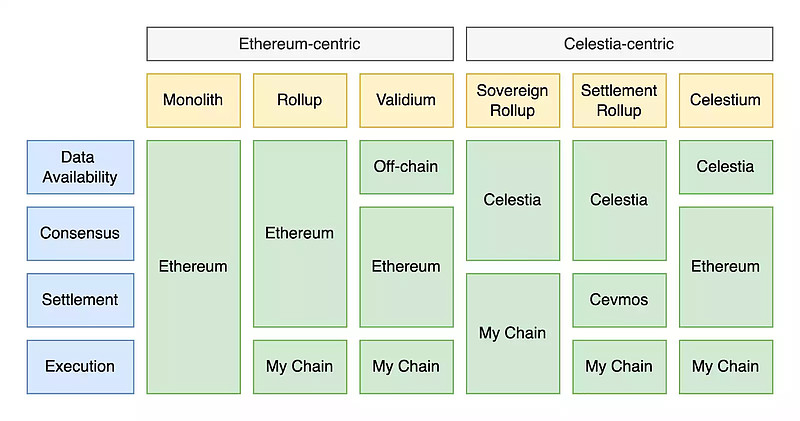
来源: @ptrwtts
以 Rollup 为中心的路线图
最初,Ethereum2.0 的计划(现在已经放弃该术语)是想通过将主网划分为 64 个分片,每个分片都有独立的矿工/验证者来实现可扩展性。然后,用户将根据拥堵情况、利用率和吞吐量,将交易发送到特定的分片。由于 Rollup 的不断发展,加上执行分片的复杂性,原来以执行分片为中心的可扩展性路线图就不再适用了,于是人们便开始采用数据分片。在 Ethereum 团队看来,Rollup 将成为 Ethereum 扩展的关键要素,他们计划让升级后的 Ethereum 成为一个强大的结算和数据可用性层,并让 Rollup 从中获得安全性。
Initially, the Etheum 2.0 plan (which has now been abandoned) was intended to be scalable by dividing the main network into 64 pieces, each with a separate miner/certifier. Then, the user would send the transaction to a specific snippet based on congestion, utilization and throughput. Because of Rollup’s continued development and the complexity of the implementation of the snippets, the scalable road map was no longer applicable to the execution of the snippets, so people started to use the schematics. In the view of the Etherum team, Rollup would be a key element of Etherum’s expansion, and they planned to turn the upgraded Etherum into a powerful clearing and data availability layer and to make Rollup secure from it.
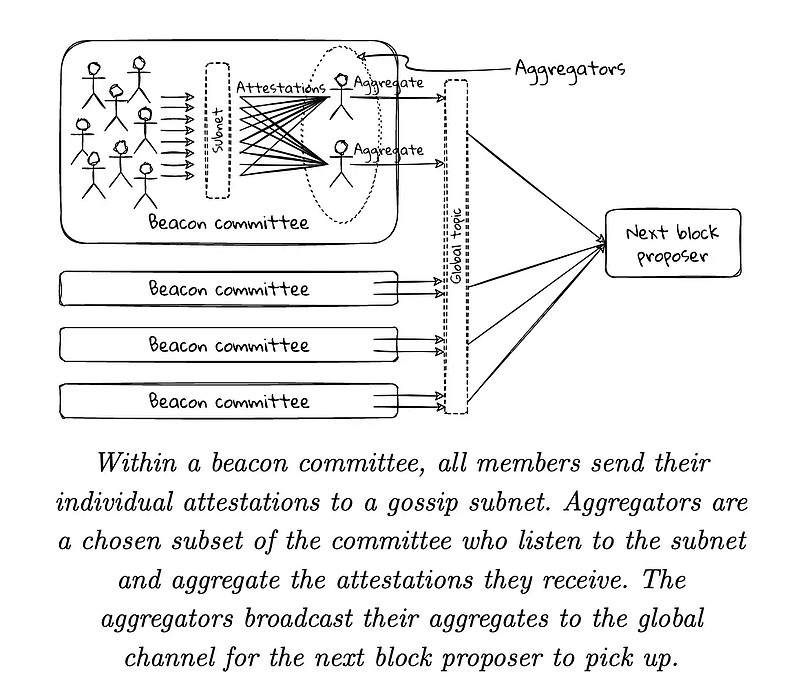
来源: ETH2 Book
Source: ETH2 Book
信标链 (The Beacon Chain)
与普遍观点不同的是,合并的目的其实不是为了降低交易成本,而是要将 Ethereum 转变为一个用于 Rollup 的基础设施层,而建设信标链则是实现这一目标的首个关键步骤。Ethereum 将从之前的「工作证明」系统转变为「权益证明」系统,而在这个系统中,质押者要想生产区块必须提供抵押品,以此来杜绝任何不诚实的行为。在共识系统转移到权益证明上之后,验证委员会将作为原语被引入,从而加强了网络共识,为形成高效的协议内数据可用性层做了铺垫。信标链负责协调质押者,并不像今天的 Ethereum 那样处理或执行交易。更具体地说,合并其实是将 Ethereum 的旧执行层与信标链提供的新共识引擎合并,将利用工作证明体系下矿工的现有算法转换成股权证明体系下验证者的协调网络。同时,这一转变也为分片奠定了基础:以前,在工作证明体系下,矿工的工作并无记录,所以她们可以任意停止工作并离开网络;而在权益证明体系下,信标链会将所有受批准的区块生产者都登记在册,并且可以协调、并行化验证者的投票。
Unlike the general view, the purpose of consolidation is not to reduce transaction costs, but rather to transform Etheeum into an infrastructure layer for Rollup. The construction of beacon chains is the first key step towards this end. Etheeum will transform the previous work certification system into a system of proof of interests, in which the pledgeers will have to provide collateral for the production of blocks in order to eliminate any dishonest behaviour. After the consensus system has shifted to proof of equity, the Certification Commission will be introduced as an original language, thus strengthening the web consensus and setting the stage for the development of an efficient protocol-based data availability layer.
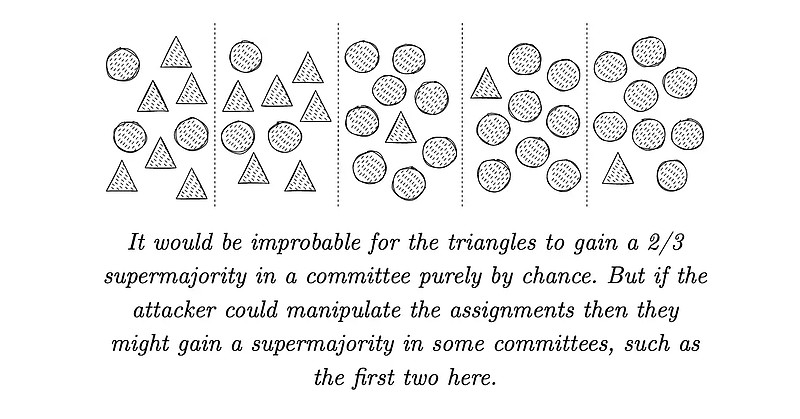
来源: ETH2 Book
验证者委员会的形成是信标链的一项重要创新,它们由信标链随机分配,负责对区块进行投票并形成共识。委员会的综合投票被称为见证消息,方便人们通过检查委员会的投票来轻松验证信标链的状态,与由单一验证者进行的验证相比,这种做法最大限度地减少了区块大小和数据增长。同时,见证消息也加强了共识,因为在这种模式下,创建分叉将需要大量验证者的参与。此外,验证者将被定期更换,以防部分心怀不轨的验证者串通起来发动攻击。
A major innovation in the chain of beacons is the formation of the Certifying Committee, which is assigned randomly by the beacon chain and is responsible for voting on blocks and building consensus. The Commission’s combined vote is called witness news, which facilitates easy verification of the beacon chain’s state by checking the Commission’s vote, minimizing the size of blocks and data growth compared to that conducted by a single certifying authority.

来源: Flashbots
Source: 合并后,Ethereum 将对共识层进行提议者-构建者分离。Vitalik 认为,所有区块链最终都应该能进行中心化的区块生产和去中心化的区块验证。由于分片后的 Ethereum 区块数据非常密集,出于对数据可用性的高要求,区块生产就必须是中心化的。同时,我们也必须设置去中心化的验证者集,用于验证区块并执行数据可用性抽样。 When merged, Etheeum will propose-builder separation of the Consensus layer. Vitalik argues that all blocks chains should eventually be capable of centralized block production and decentralized block validation. Because of the dense data of the Etheeum blocks after the fragments, the production of blocks must be centralized because of the high demand for data availability. At the same time, we must also set up decentralized certifiers to validate blocks and implement a sample of data availability. 构建者角色用用户交易构建 Ethereum 执行有效载荷区块,并将其与竞标一起提交给提议者(验证者集的随机选择子集)接受。一旦提议者接受了有效载荷,他们就会在区块上签字,并通过网络传播它。由于发送给提议者的有效载荷被剥离了交易内容,这种结构消除了验证者在前面追赶的可能性。在一个有效的市场中,区块空间市场的引入也激励建设者参与 MEV 竞价,从而让去中心化的验证者获得大部分的 MEV 奖励。与模拟 Ethereum 相比,这种设置可以有效防止矿工破坏共识的稳定性,并减少有害 MEV 的产生。 The builder's role is to build a user-trading Etheum payload block and submit it, along with the bid, to the proposer (the random selection subset of the group of certifying officers) for acceptance. Once the proposer accepts the payload, they sign it on the block and disseminate it through the network. As the payload sent to the proposer is removed from the content of the transaction, this structure eliminates the possibility for the certifying officer to catch up. In an effective market, the introduction of the block space market also encourages the builder to participate in the MEV competition, thereby allowing decentralized certifying officers to receive most of the MEV awards. This setting effectively prevents miners from undermining the stability of the consensus and reducing the generation of harmful MEVs, as compared to the simulation of Etherum. 虽然提议者与构建者分离的设计最初是为了抵消 MEV 的有害外部性和中心化力量,但 Ethereum 核心团队意识到它也可以服务于数据分片。 Although the design to separate the proposer from the builder was originally designed to offset the harmful externalities and centralization of MEV, the Etheeum core team realized that it could also serve the data fragments. Danksharding 以核心贡献者 Dankrad Feist 的名字命名,其主要创新是一个合并的收费市场,取代了原来数量固定、具有不同区块和提议者的分片,特定时间内的所有交易和数据将由提议者挑选。该提议者背后其实是一个随机生成的验证者委员会,负责对区块链数据的可用性进行抽样。这样一来,轻客户端的数据可用性就可以用去中心化的方式加以维护,而受制于合并后区块内的大量数据,这在单点验证中根本无法实现。由于共识节点也在执行数据可用性抽样,因此该模型能够将结算层、共识层和数据可用性层统一起来。 Danksharding is named after the core contributor, Dankrad Feist, whose main innovation is a consolidated fee market that replaces the original fixed number of segments with different blocks and proposers, and all transactions and data for a given time will be selected by the proposer. Behind this proposal is a randomly generated commission of certifiers to sample the availability of block-chain data. In this way, the availability of light client-end data can be maintained in a decentralized manner, subject to a large amount of data in the merged blocks, which is simply not possible in a single-point validation. The Consensus Node is also implementing a sample of data availability, which allows the model to unify the clearing, consensus and data availability layers. 统一结算和数据可用层为利用有效性证明的 Rollup 打开了新的大门:ZK Rollup 现在能够与 Ethereum 上的执行层进行同步调用。这增强了新的 L2 原语,如分布式流动性和分形扩展,为在 ZK Rollup 上构建下一代创新型 Dapp 奠定了基础。 The Unified Clearing and Data Available Layer opens a new door to the Rollup that uses the validity certificate: ZK Rollup can now be called in sync with the enforcement layer on Etheium. This enhances the new L2 original language, such as distributed mobility and fractal expansion, and lays the foundation for the construction of the next generation of innovation Dapp on ZK Rollup. 虽然 danksharding 有利于 Ethereum 以后的发展,但它在合并后并不会立刻发挥其全部作用。Proto-danksharding(EIP-4844)是 danksharding 的原始版本,计划将在 danksharding 全面实施之前发布。该提案创建了一个叫做携带 Blob 交易(Blob-carrying transaction)的原语。顾名思义,这类交易是指携带叫做 Blob 的数据有效载荷的交易。Blob 将作为分片后 Ethereum 的数据标准:它们与 KZG 多项式承诺(KZG polynomial commitments)捆绑在一起,并且由于与 EVM 执行解耦,Blob 也是一种比调用数据(calldata)更高效的格式。目前来看,Rollup 依旧在使用调用数据将交易数据调回至 Ethereum,产生着高昂的 Gas 成本。在分片化的未来,Rollup 将使用 Blob 来为用户节省与 EVM 执行相关的 Gas 费用。与此同时,proto-danksharding 的目标就是为开发者提供这种前沿的数据格式,同时通过为他们即将被分片的数据引入单独的格式和收费市场,从而临时性地降低其 Rollup 的数据成本。尽管 proto-danksharding 本身并没有真正实现分片,但却为分片后的数据格式提供了标准,而这也是构建高效的原生数据可用性层的第一步。 The original version of Proto-danksharding (EIP-4844), which is planned to be released prior to its full implementation. The proposal creates an original language called Carrying the Blob Transactions (Blob-carrying transaction). By definition, such transactions are transactions with data payloads called Blob. The data standard of Blob will be used after the split: they will be shared with KZG on multiple types of commitments ( 同时,我们也需要考虑 Ethereum 的状态及其存储。由于验证者必须在消费类硬件产品上完成他们的任务,不断增加的状态就可能会影响去中心化。Proto-danksharding Blob 与 EVM 执行层相分离,并在大约一个月后被删除。此外,EIP-4444 可以让客户端在大约一年后停止在点对点层提供历史数据。无论如何,我们必须在协议层执行某种类型的强制性历史失效(mandatory history expiry),因为分片后每年会增加约 40TB 的历史 Blob 数据。区块链状态需要存储在 RAM 或 SSD 上,然而,历史存储,也就是 Ethereum 已经达成共识的数据,可以存储在廉价的 HDD 上。由于历史存储在诚实的少数(1-of-N)信任模型上运行,我们完全不需要在执行实时共识的节点上存储历史数据。Danksharding 规范可以确保验证者存储并保证他们几个月内达成共识的数据可用性。之后,这些经过删减的历史数据将由第三方存储起来,如特定应用协议、BitTorrent、Portal 网络、区块探索者、个人爱好者或索引协议。 At the same time, we also need to consider the state of Etherum and its storage. The increasing state is likely to affect decentralisation because the certifying officer has to perform their tasks on the consumer hardware product. Pro-danksharding Blob separates from the EVM enforcement layer and is deleted after about a month. Furthermore, EIP 44444, which allows customers to stop providing historical data on point-to-point levels after about a year. In any case, we have to implement some type of mandatory historical failure (mandatory history expiry) at the protocol level, because each year after the breakup, we have to add about 40 TB historical Blob data. The block state needs to be stored on RAM or SSD, but the historical storage, i.e., data already agreed upon by Etheum, can be stored on a low-cost HDD. Because history is stored on an honest minority (1-of-N) trust model, we simply do not need to store historical data on a time-consensused site. 来源: Consensys Source: 在路线图上,无状态 Ethereum 是另一个目标。区块生产者将使用见证信息 witness,这是由执行区块中交易所需的相关数据组成的证明。然后,客户端可以利用这个证明来验证执行区块所产生的状态根,它们只需要执行受影响状态的一部分,而不是全部状态。在这一设计中,该证明的规模和可用性是两大核心问题:第一个问题可以通过将 Ethereum 的状态数据结构从protocol-level specification)来解决。根据 Vitalik 的说法,在扩展 Ethereum 的过程当中,我们需要在保留去中心化验证的同时,仰仗于拥有专业硬件的中心化区块生产者。共识与 MEV (The Splurge)
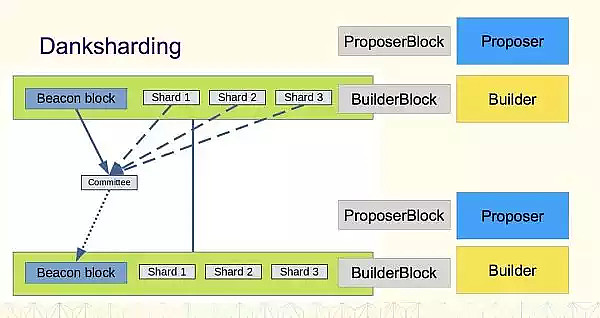
Danksharding (The Surge)
Proto-danksharding
历史与状态 (The Verge & The Purge)
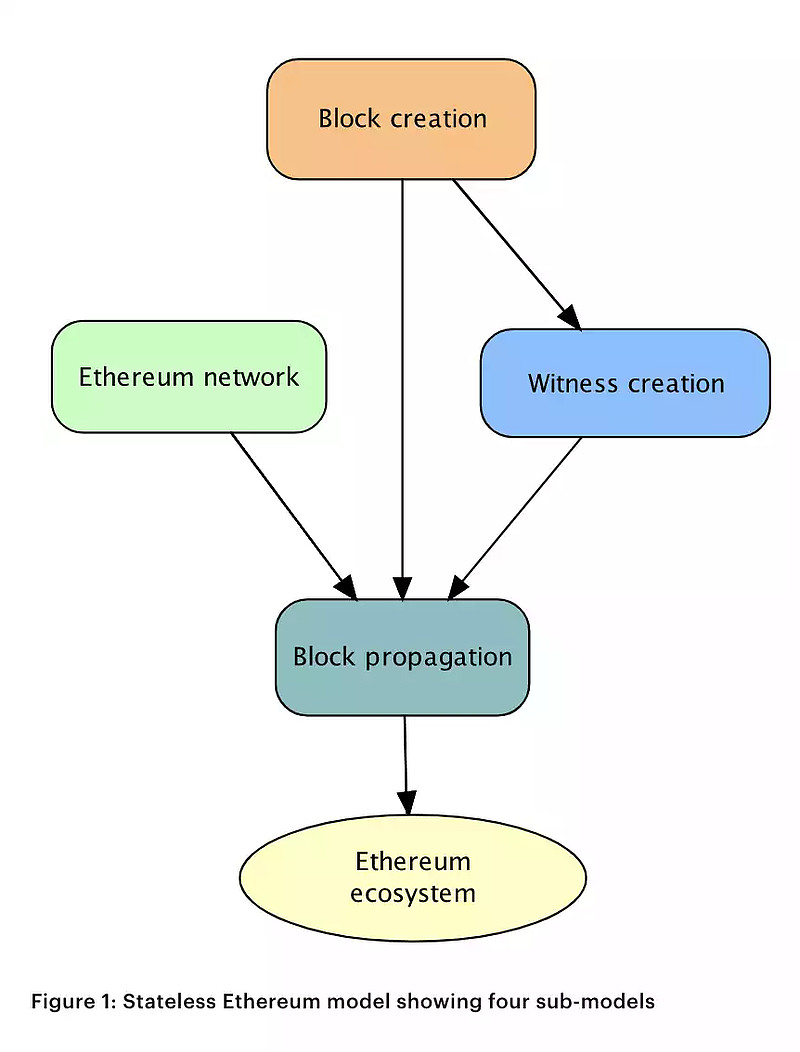
注册有任何问题请添加 微信:MVIP619 拉你进入群

打开微信扫一扫
添加客服
进入交流群




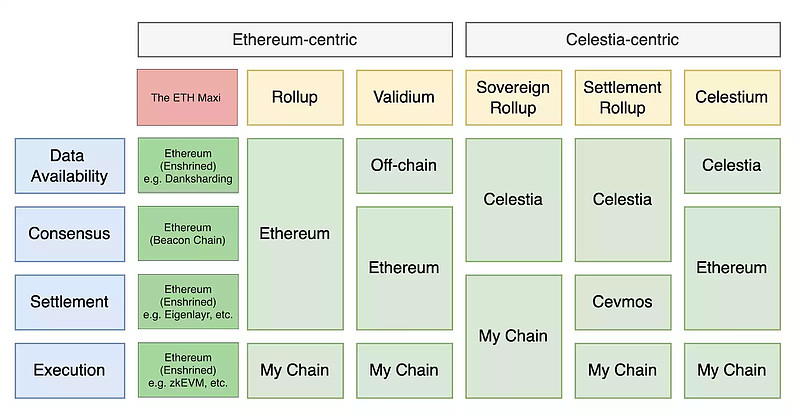

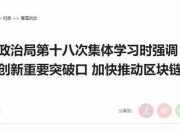











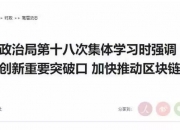



发表评论